
Philipp Franz Balthasar von Siebold was a German physician, botanist and traveler. He achieved prominence by his studies of Japanese flora and fauna and the introduction of Western medicine in Japan. He was the father of the first female Japanese doctor educated in Western medicine, Kusumoto Ine.
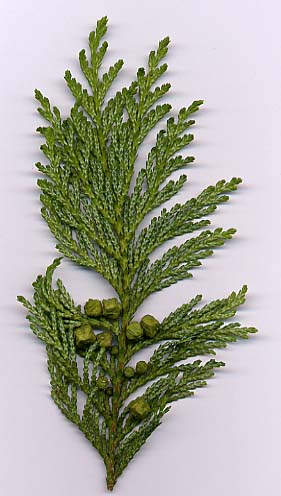
Chamaecyparis, common names cypress or false cypress, is a genus of conifers in the cypress family Cupressaceae, native to eastern Asia and to the western and eastern margins of the United States. The name is derived from the Greek khamai (χαμαί), meaning "on the earth", and kuparissos (κυπάρισσος) for "cypress".

Phyllostachys is a genus of Asian bamboo in the grass family. Many of the species are found in central and southern China, with a few species in northern Indochina and in the Himalayas. Some of the species have become naturalized in parts of Asia, Australia, the Americas, and southern Europe.
Peter Siebold is a member of the Scaled Composites astronaut team. He is their Director of Flight Operations, and was one of the test pilots for SpaceShipOne and SpaceShipTwo, the experimental spaceplanes developed by the company. On April 8, 2004, Siebold piloted the second powered test flight of SpaceShipOne, flight 13P, which reached a top speed of Mach 1.6 and an altitude of 32.0 kilometres (105,000 ft). On October 31, 2014, Siebold and Michael Alsbury were piloting the SpaceShipTwo VSS Enterprise on flight PF04, when the craft came apart in mid-air and then crashed, killing Alsbury and injuring Siebold.

Carl Johann Maximovich was a Russian botanist. Maximovich spent most of his life studying the flora of the countries he had visited in the Far East, and naming many new species. He worked at the Saint Petersburg Botanical Gardens from 1852 as curator of the herbarium collection, becoming Director in 1869.
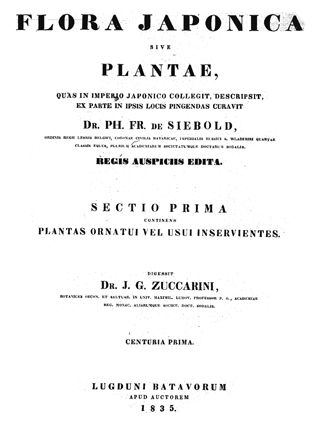
Joseph Gerhard Zuccarini was a German botanist, Professor of Botany at the University of Munich. He worked extensively with Philipp Franz von Siebold, assisting in describing his collections from Japan, but also described plants discovered in other areas, including Mexico. Siebold wrote his Flora Japonica in collaboration with Zuccarini. It first appeared in 1835, but the work was not completed until after his death, finished in 1870 by F. A. W. Miquel (1811–1871), director of the Rijksherbarium in Leiden.

Olea is a genus of about 40 species in the family Oleaceae, native to warm temperate and tropical regions of the Middle East, southern Europe, Africa, southern Asia, and Australasia. They are evergreen trees and shrubs, with small, opposite, entire leaves. The fruit is a drupe. Leaves of Olea contain trichosclereids.

The Styracaceae are a small family of flowering plants in the order Ericales, containing 12 genera and about 160 species of trees and shrubs. The family occurs in warm temperate and subtropical regions of the Northern Hemisphere.

Triadica is a plant genus of the family Euphorbiaceae first described as a genus in 1790. It is native to eastern southeastern, and southern Asia.

A gapeworm, also known as a red worm and forked worm, is a parasitic nematode worm that infects the tracheas of certain birds. The resulting disease, known as "gape", occurs when the worms clog and obstruct the airway. The worms are also known as "red worms" or "forked worms" due to their red color and the permanent procreative conjunction of males and females. Gapeworms are common in young, domesticated chickens and turkeys.

Linnaea is a plant genus in the honeysuckle family Caprifoliaceae. Until 2013, the genus included a single species, Linnaea borealis. In 2013, on the basis of molecular phylogenetic evidence, the genus was expanded to include species formerly placed in Abelia, Diabelia, Dipelta, Kolkwitzia and Vesalea. However, this is rejected by the majority of subsequent scientific literature and flora.
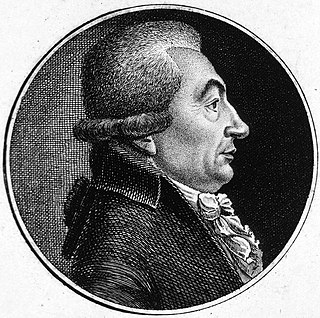
Carl Caspar von Siebold was a German surgeon and obstetrician who was a native of Nideggen in the Duchy of Jülich.
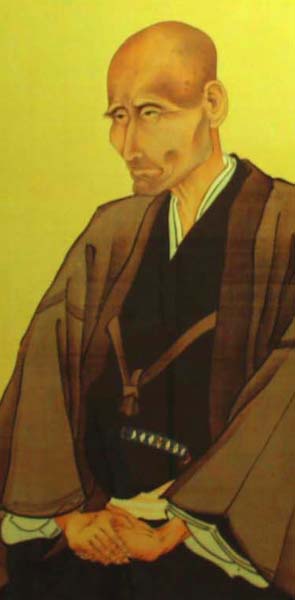
Takano Chōei was a prominent scholar of Rangaku during the Bakumatsu period in Japan.
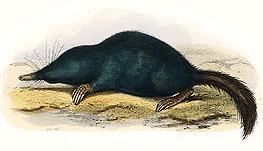
The Japanese shrew mole or himizu (ヒミズ) is a species of mammal in the family Talpidae. It is endemic to Japan and is found on Honshu, Shikoku, Kyushu, Awaji Island, Shodo Island, Oki Islands, Tsushima Island, Goto Islands, Mishima Island, and Awashima Island, but is absent from Hokkaido, which is north of Blakiston's Line. It is one of three Urotrichini and it is the only extant species in the genus Urotrichus. It is common between sea level and approximately 2,000 m. Sometimes this species is called the greater Japanese shrew mole and another species, True's shrew mole, is called the "lesser Japanese shrew mole".

Helicopsyche is a genus of Trichoptera, the caddisflies. Helicopsyche contains more than 230 species and are represented on all major faunal regions with highest diversity in tropical and sub-tropical regions. The genus was first described by Siebold, 1856.
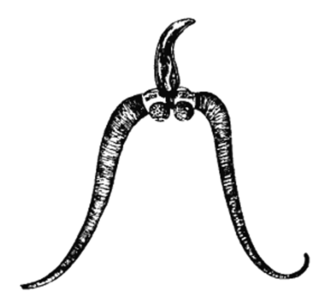
Bucephalus is the genus name for many trematode flatworms that are parasites of molluscs and fish. Like other Bucephalidae, they are found in fish both as adults and as metacercariae. In marine and freshwater teleosts, they live as parasites inside the digestive tract, especially the intestine.

Damnacanthus is a genus of flowering plants in the family Rubiaceae. The genus is found from Assam to temperate eastern Asia.

Eumolpini is a tribe of leaf beetles in the subfamily Eumolpinae. It is the largest tribe in the subfamily, with approximately 170 genera found worldwide. Members of the tribe almost always have a longitudinal median groove on the pygidium, which possibly helps to keep the elytra locked at rest. They also generally have a subglabrous body, as well as appendiculate pretarsal claws.
Schizocodon is a genus of flowering plants belonging to the family Diapensiaceae.
Ex parte Siebold, 100 U.S. 371 (1879), was a decision of the United States Supreme Court concerning the Appointments Clause.

















